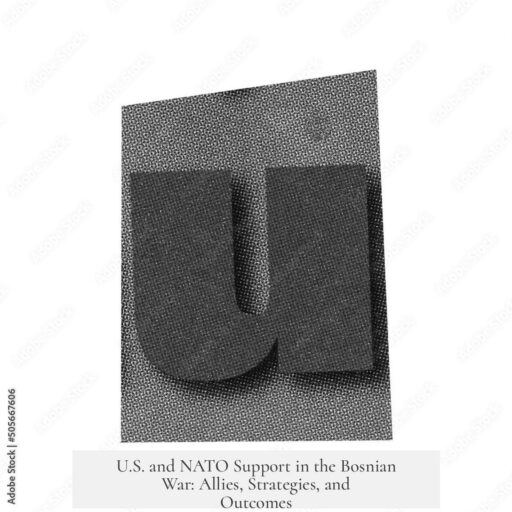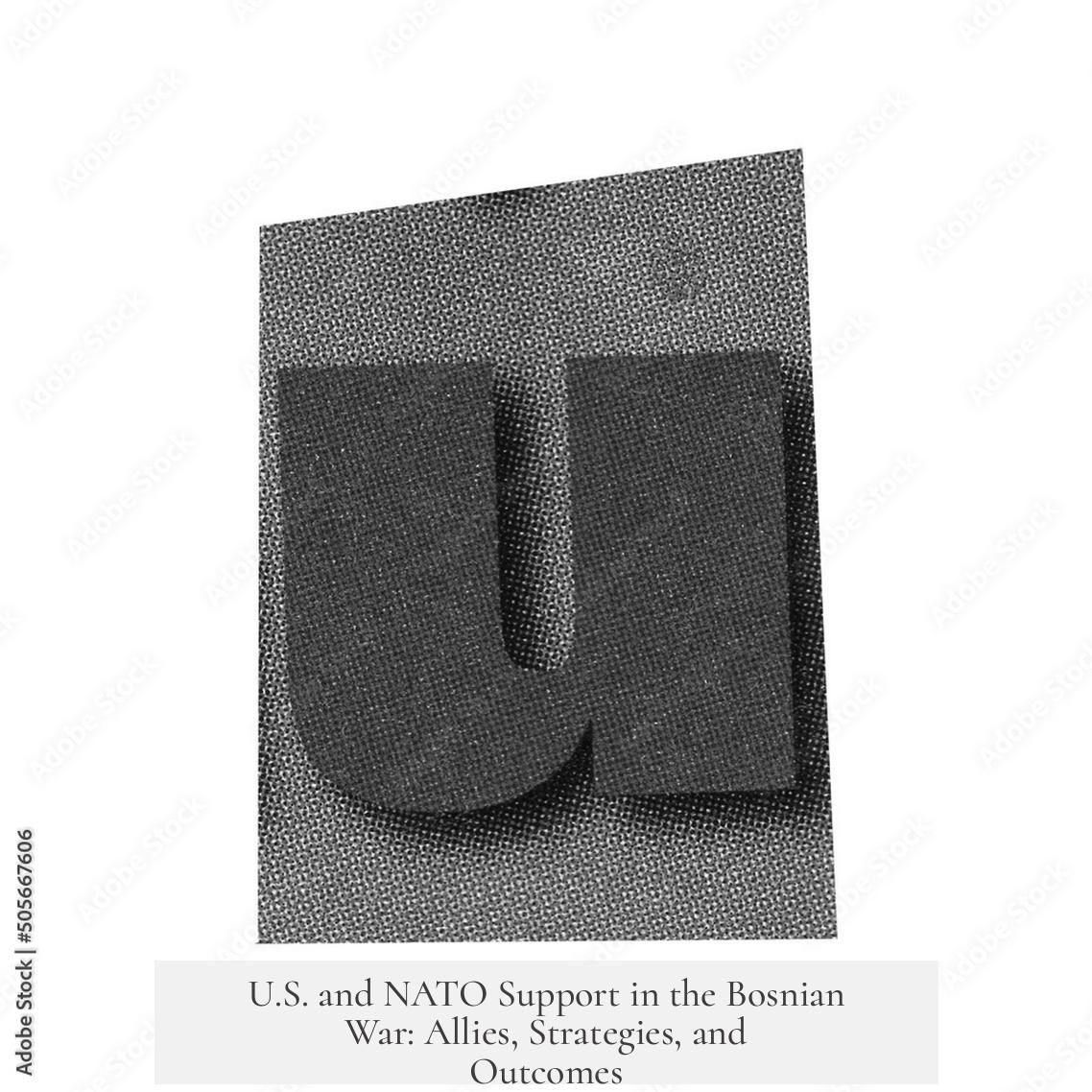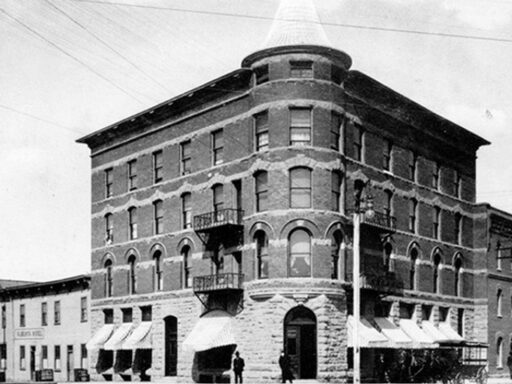The U.S. and NATO supported the Bosniak and Croat forces during the Bosnian War, primarily opposing the Bosnian Serb Army (VRS), which had conducted widespread ethnic cleansing and atrocities. Their support helped shift the conflict towards a negotiated peace, culminating in the Dayton Agreement.
At the war’s start, the Army of the Republika Srpska (VRS) was a well-equipped force stemming from the Yugoslav People’s Army. This army, mainly composed of Bosnian Serbs, controlled about 70% of Bosnia early on. They used heavy artillery, armored vehicles, and even maintained a small air force. The VRS carried out numerous crimes, including ethnic cleansing and genocide against Bosniak and Croat civilians.
The Bosniak and Croat forces, in contrast, were initially lightly armed and lacked a strong defense structure. The Bosniaks formed the Army of the Republic of Bosnia and Herzegovina, while Croat forces were distinct but aligned. Over time, these groups gained support from various foreign backers.
Western pressure to intervene increased, especially after high-profile massacres such as the 1995 Srebrenica genocide, where around 8,000 Bosniak civilians were killed. This media coverage and humanitarian concern catalyzed Western involvement.
The U.S. and NATO responded with a bombing campaign targeting Bosnian Serb positions. This air support was vital in halting the VRS’s advances. The Croats received significant backing from the U.S. and Western Europe, notably Germany, while Bosniak forces also secured assistance from Arab countries and Mujahideen fighters.
NATO’s direct intervention through air strikes pressured all parties to negotiate peace, leading to the Dayton Agreement in late 1995. This treaty divided Bosnia into two main entities: the Federation of Bosnia and Herzegovina, shared between Bosniaks and Croats, and Republika Srpska, controlled by Serbs.
The motivations behind U.S. support are complex. While human rights abuses by the Serbs were widely condemned, violations by Bosniaks and Croats complicated the narrative. Some analysts suggest the U.S. aimed to undermine socialist Yugoslavia, though initially it favored preserving its status quo and was cautious about recognizing independence.
- U.S./NATO supported Bosniak and Croat forces against Bosnian Serb Army (VRS).
- VRS had strong military and committed war crimes, including genocide.
- Western intervention escalated after brutal massacres like Srebrenica.
- NATO’s air strikes helped stop Serb advances and forced peace talks.
- Dayton Agreement created a divided Bosnia: Federation and Republika Srpska.
- Motivations mixed between human rights concerns and geopolitical interests.
Who Did the U.S./NATO Support in the Bosnian War?
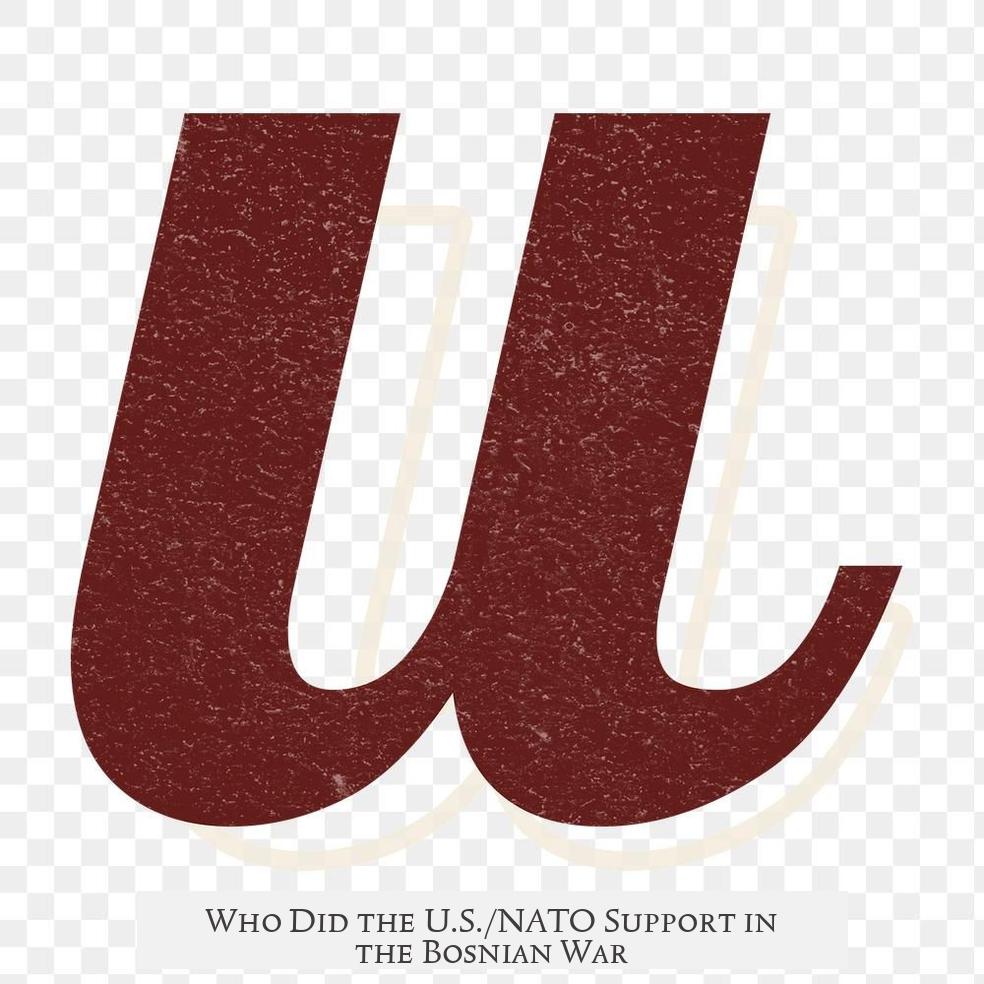
The straightforward answer: The U.S. and NATO primarily supported the Bosniak and Croat forces in the Bosnian War, backing the Army of the Republic of Bosnia and Herzegovina and the Croatian side, while opposing the Serb-dominated Army of the Republika Srpska (VRS).
But why, and how did this support look in reality? Buckle up, because the Bosnian conflict is a tangled web of politics, ethnicity, and military complexities. Here’s the full story—without the fog of war.
The Battlefield Setup: David vs. Goliath? Sort of.
At the start of the conflict, the Army of the Republika Srpska (VRS) had a huge advantage. They were essentially the well-armed remnants of the Yugoslav People’s Army (JNA), equipped with armored vehicles, artillery, and even a small air force. The Bosniaks and Croats, comparatively, scrambled to assemble defense forces with far fewer weapons.
The VRS swiftly seized around 70% of Bosnia, executing brutal ethnic cleansing campaigns, genocide, and other crimes against humanity. Meanwhile, the Bosniak and Croat population endured unimaginable hardships.
So, when you ask who the U.S. and NATO supported, it’s clear they aligned with the underdogs—the Bosniaks and Croats—who were outgunned and suffering atrocities.
Pressure Mounts: Why Did the West Finally Step In?

Western governments initially hesitated. The Balkan wars were seen as a complicated mess, a risky tangle of ethnic rivalries. But public outrage over massacres like the Srebrenica genocide—which claimed 8,000 civilian lives in 1995—forced a reckoning. Media coverage inflamed moral imperatives and political pressure to act.
By 1995, the U.S. and NATO could no longer stand by. The brutal reality on the ground demanded intervention, even if the picture wasn’t black and white.
How the Support Played Out: Bombs, Allies, and Mujahideen
Let’s break down the form of the U.S./NATO support:
- They launched a decisive bombing campaign targeting the VRS positions, crippling their capabilities and leveling the playing field.
- The U.S. and Western Europe lent significant support to the Croat forces, with Germany being a particularly strong backer.
- The Bosniak forces didn’t stand alone—they benefited from wide-ranging support from Arab countries and foreign fighters known as Mujahideen, who provided manpower and expertise.
This diverse backing was crucial, as the Bosniaks and Croats were the underdogs in both manpower and equipment.
The Outcome: Dayton Agreement and Bosnia’s New Map
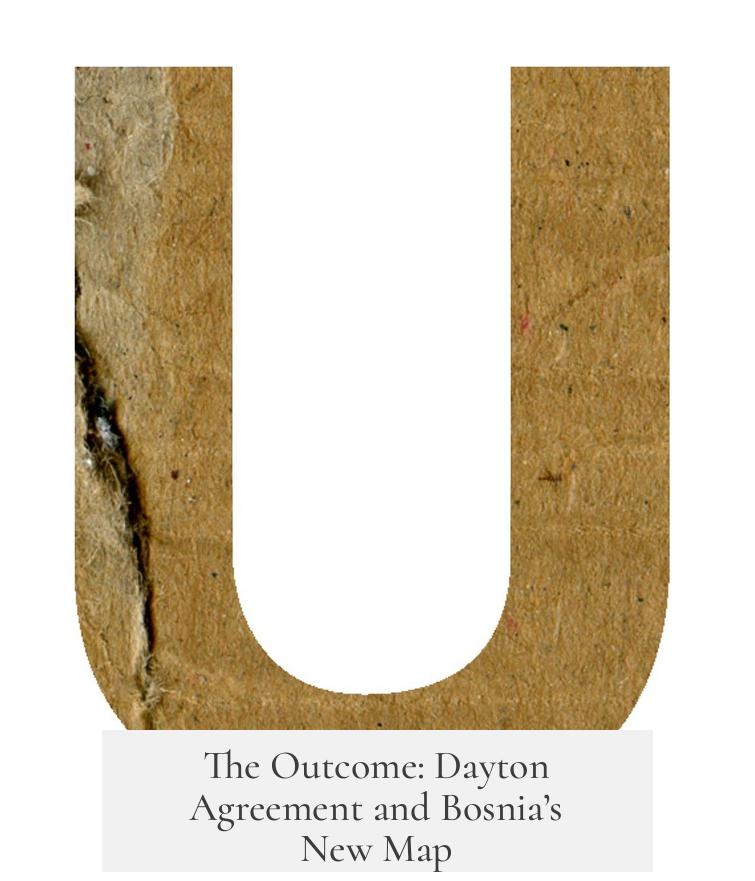
NATO airstrikes pressured all sides into negotiations. This diplomatic effort culminated in the 1995 Dayton Agreement, which put an end to active conflict. Bosnia emerged partitioned into two main entities:
- The Federation of Bosnia and Herzegovina, comprising mainly Bosniaks and Croats.
- Republika Srpska, the Serb-dominated region.
While not perfect—and with tensions simmering—the agreement provided a framework for peace and governance.
So, Why Did the U.S. Support the Bosniaks and Croats?
Here’s where it gets interesting. The motivations behind U.S. support are complex and debated.
Some argue the U.S. acted out of a sense of justice, responding to the Serb forces’ war crimes and ethnic cleansing. But wait—Bosniak and Croat forces committed human rights violations too. So, pure humanitarianism doesn’t tell us the whole story.
Others suggest a strategic aim: undermining socialist Yugoslavia’s legacy and influence. However, initially, the U.S. had favored keeping Yugoslavia intact or at least was reluctant to back outright independence. This paints a nuanced picture, where political, moral, and strategic interests intertwined.
The Big Takeaway: Supporting the Underpowered and Oppressed

Throughout the war, U.S. and NATO support tilted toward those resisting Serb domination—mainly the Bosniak and Croat forces. This involved military aid, political support, and eventually, direct military intervention by NATO airstrikes.
Could the West have acted earlier? Probably. Did their involvement guarantee peace? Not entirely, but the intervention helped halt the genocidal campaign and pushed warring factions toward peace.
Lessons and Reflections
The Bosnian War reveals the challenges of foreign intervention in civil conflicts marked by complex ethnic and historical roots. Support isn’t always clear-cut and seldom comes without unintended consequences.
It shows the delicate balance NATO and the U.S. try to maintain—acting decisively to prevent atrocities, while navigating messy political landscapes and local alliances.
Are we still wrestling with such dilemmas today? Absolutely. The Bosnian conflict serves as a crucial case study in international military and humanitarian policy.
In Closing: The Bosnian War and International Support—A Complex Story
- U.S./NATO sided with Bosniaks and Croats, supporting them against the Serb-led and better-armed VRS.
- Support included military aid,( bombing campaigns), diplomatic pressure, and alliances with diverse groups like Arab countries and Mujahideen fighters.
- The intervention helped end brutal ethnic cleansing, leading to the Dayton Agreement and a fragile peace.
- The reasons behind U.S. support remain debated, blending humanitarian concerns and realpolitik.
If you want to understand modern military diplomacy and humanitarian intervention, the story of who the U.S. and NATO supported in the Bosnian War is a great place to start.
Now, if only all conflicts had such a complex, yet educational backstory—imagine the real-time learning opportunities!
